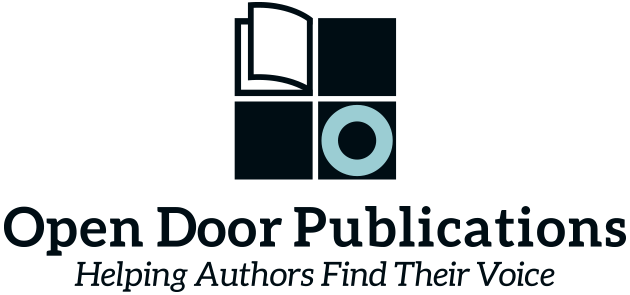What’s the first thing that sells a book? The cover. What’s the second thing? The book description! Writing a best-selling book description is a very different skill than writing a full-length, 100-and-something-thousand-word book. I’ve noticed over the years, that the authors with the longest book word count often have the most trouble summing up their book in 3,000 words or less. Stands to reason, doesn’t it?
But your buyers are looking for a short, snappy synopsis of a book when they search for something new to read on Amazon. Here are five do’s to think about when you get ready to write your book description. Next month, we’ll talk about the five don’ts.
The Do List
- Do Hook Your Reader. Write an intriguing first sentence that makes your reader want to know more. Here’s a great opening sentence for a book description from one of my favorite authors, Nicole Loughan. “The ground is too wet. If you bury the dead here, they can come back.” Her father always warned her that the bayou was a mysterious and dangerous place. Who can resist an opening like that? It tells you immediately that you will be reading a mystery, maybe with a bit of ghostly intrigue. A few good ways to start are a quote from the book, as Nicole has done, a question, or just an intriguing statement.
- Do Use Keywords. Before you sit down to write your book description, come up with seven keywords. You’ll need them when you upload your book to Amazon or other online bookselling sites. The best definition I’ve seen of a keyword is, “an informative word used in an information retrieval system to indicate the content of a document.” By using your keywords in your book description, you increase the chances the book will appear at the top of a reader’s search.
- Do Mention Similar Best-Selling Books. What genre is your book? What is the best-selling book in that genre? Mention it in your book description. Use a phrase such as, “Readers who loved XYZ (the other author’s book) will enjoy this book,” is one simple sentence to use near the end of your book description. But make sure that the book you mention really is similar to your book. Readers will be turned off if the two books bear no relationship to each other.
- Do Use Correct Grammar. Nothing turns off an educated reader like poor grammar and misspelling. I consider myself a bit of a grammar Nazi, and I know I still make mistakes. That brings me to number five on my “Do List.”
- Do Test Your Description. Have three or four people read your book description before you post it. Make sure a couple of your description readers have not read your book. Ask them first to check your work for grammar and typos. Then ask them a few additional questions.
- What type of book do you think this is? You may be surprised at the answers. I’ve written what I thought were great book descriptions only to learn I’ve given a totally wrong impression of the book. Back to the drawing board!
- Does this description make you want to buy the book? If it’s not selling, it’s not working.
- What would you change to make this description better?
Of course, there are several other things you should think about when you write a book description. Have you received any awards? Gotten a great review or testimonial? What is the age range for your book? Does it have any salty language or scenes?
Your book description is one of the most important selling tools for your book. Don’t neglect it!
Check back next month, when we’ll talk about the five most important “Don’ts for your book description.

